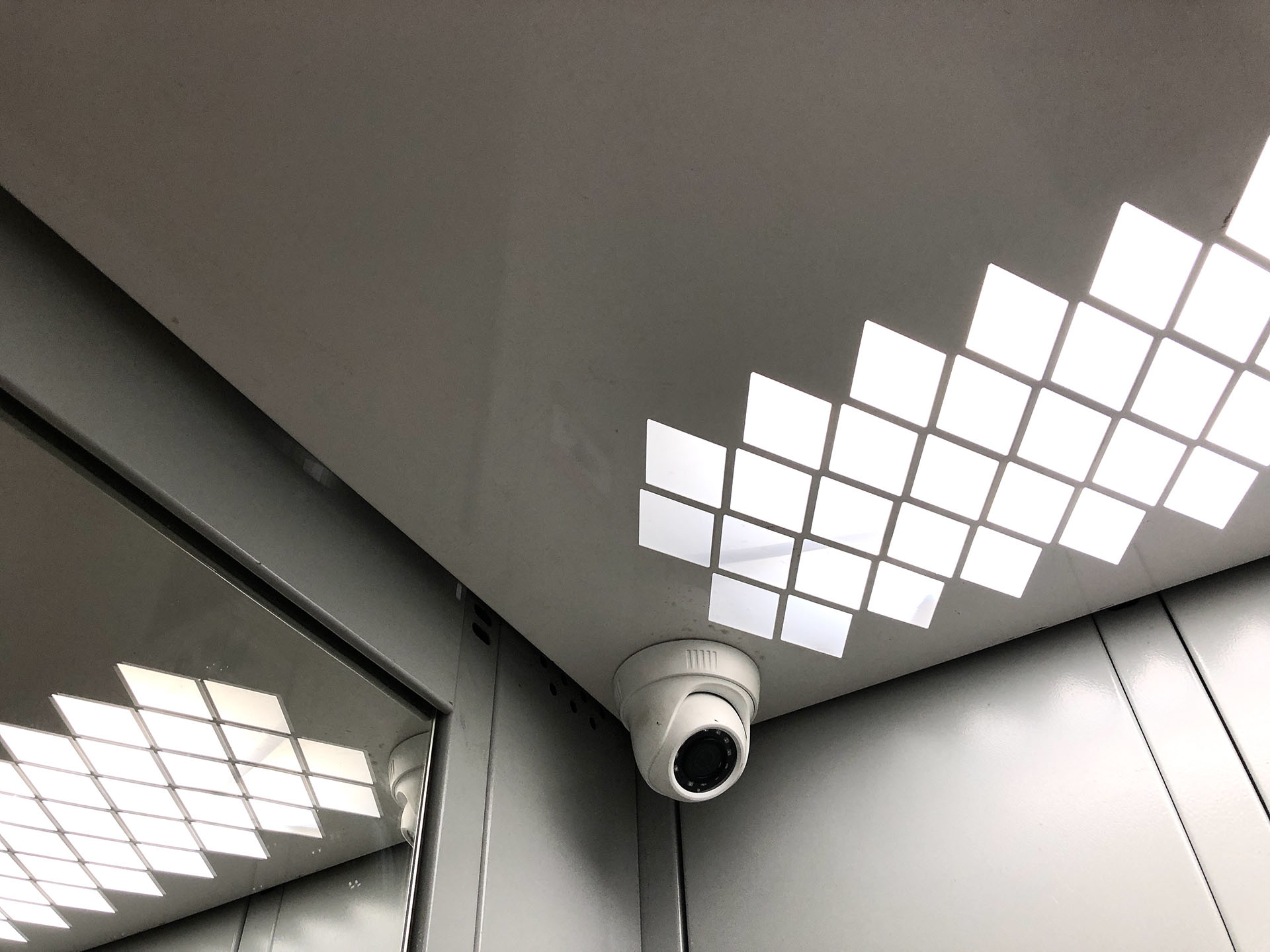What is Workplace Monitoring and Surveillance?
Violence at work, identification theft, less productivity, asset theft, accidents or injuries are some of the common concerns at the workplace among employers. Therefore, it is a must that organizations take proper steps to protect their employees.
So, how exactly can organizations achieve this, and how does it impact a company's overall productivity?
Nowadays, many companies use safety monitoring systems to keep a close watch on their workforce whilst they are at work in order to avoid accidents, intolerable behaviour, and other kinds of harm.
Businesses must combine their own economic objectives with the fair expectations of privacy of their workers while minimizing these hazards.
This challenge is made easier by the availability of technology, which allows companies to follow every employee's email, web, and telephone use without the employees even being conscious that they are under surveillance.
Monitoring Methods
The many forms of workplace monitoring and surveillance that will be used should be identified by the employer, and they should also become aware of the limitations and disclosures needed for each type.
1. Control and Surveillance via Video
Companies often use video surveillance to keep track of their employee’s behaviour at the workplace. To reduce employee misconduct, several firms deploy CCTV in the workplace. If a crime were to occur at the jobsite, video surveillance could also offer proof of it.
Companies have to factor in the local laws where the watching takes place, whether the area is public or private, if sound is being taped in addition to photographic supervision, and whether the camera is noticeable or unseen.
Where employees have a right to privacy, employers shouldn't conduct video monitoring.
2. Assessing Message Mail and Telephone Requests
Both recorded voicemails and live phone calls cannot be intercepted, according to the Federal Wiretap Act.
However, if they do so in the regular course of business, employers are permitted to legally monitor spoken telephone calls.
Due to their specific interest in guaranteeing quality control, employers that operate telemarketing or customer service activities should pay particular attention to this exemption.
The protection of trade secrets and assuring adherence to non-competing agreements are two more justifiable business reasons for monitoring conversations.
The ideal approach is to get the employee's prior written authorization in any situation when the employer sees a pressing business need to monitor calls.

3. Regulatory Restrictions on Workplace Monitoring
The monitoring is also affected by whether the employees should be told that they are being monitored according to some constitutional laws. The best strategy is to disclose monitoring, from a legal standpoint.
The aspect that frequently serves as the foundation for common law privacy invasion claims is the reasonable expectation of privacy, which is removed when employees are informed that they will be observed.
4. Checking Text and Mail Communications
Using technology for all the communication needs in the office has its own benefits. The most effective way to communicate inside a company and with clients is frequently through electronic media.
Employers may track employee output, quality, and efficiency by maintaining an electronic information network, but employee usage of voicemail, the Internet, and e-mail has resulted in a wide range of issues at work.
For example, an employee’s productivity and the company’s profitability can be directly proportional to his personal use of the internet during working hours.
However, perhaps more critically, employee abuse of electronic communication tools can expose businesses to legal danger and data security breaches.
When employees misuse digital communications, their companies may be sued for discrimination, harassment, insulting another person, stealing intellectual property, and other unlawful behaviours. Additionally, employers must be concerned about protecting sensitive data and trade secrets.

5. How to Control Website Use
Some critics claim that because using the Internet does not involve "Interaction," the restrictions on electronic surveillance do not apply.
The best course of action, nevertheless, is for employers to develop and enforce a clear policy controlling permissible Internet usage at work, while clearly preserving the authority to monitor such use without additional notice.
Companies should include forbidden Internet use in their bullying and equal employment opportunity policies in addition to this separate monitoring strategy. The companies can even block specific sources of the internet through their wide access to blocking tools.
All in All
As a result, organizations may now improve compliance, security, and productivity by utilizing workplace monitoring and surveillance. Finding the ideal balance between employee privacy and corporate needs is vital, though.
Businesses may establish a peaceful workplace that thrives on mutual understanding, leading to greater performance and employee happiness, by respecting employee rights and utilizing technology responsibly.
Maintaining trust and fostering a pleasant work environment require open communication, explicit policies, and the ethical use of monitoring technologies.
News & Events
Keep up to date
- 18Dec
Ricoh recognised as a Top 5 global AV Integrator in SCN Top 50 Systems Integrators 2025
- 11Dec
Ricoh Recognised as a Sustainability Leader in Quocirca's 2025 Report
- 31Oct
Ricoh perovskite solar cells installed on Japan Aerospace Exploration Agency cargo transfer spacecraft1 HTV-X1
- 17Oct
Ricoh recognised among Forbes’ World’s Best Employers 2025
